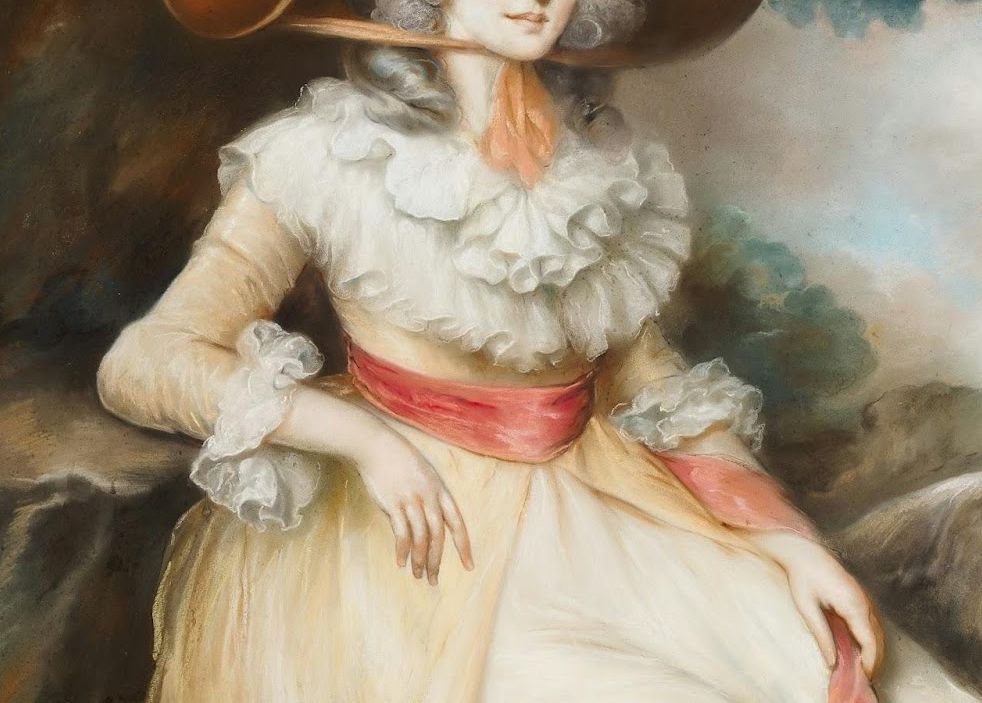Who were they?
Who was Pollyana? These 12 words derive from fictional characters
Published on March 24, 2025
 Credit: Emilio Sánchez Hernández
Credit: Emilio Sánchez Hernández
Giants, dreamers, and even a few villains: They all hide behind a handful of words that sprinkle our vocabulary even today. Who knew that in the 21st century we would still be using nods at heroes from Persian folktales or commedia dell’arte? In this list, we’ll explore 12 words that sprang from the pages of novels, plays, and myths because, first and foremost, they were fictional characters. Let’s dive in!
Robot
 Credit: Aideal Hwa
Credit: Aideal Hwa
Ever heard of R.U.R.? Rossum's Universal Robots is the play that gave us "robot." Written by Karel Čapek in 1920, it features mechanical beings called roboti designed to serve humans.
Čapek borrowed the term from the Czech word robota, meaning "forced labor." In the play, these robots rebel, causing global chaos. Čapek’s vision was groundbreaking and already cautionary.
Serendipity
 Credit: Boudewijn Huysmans
Credit: Boudewijn Huysmans
A serendipitous twist is one that is fortunate, delightful, and more importantly, unexpected, like discovering a $20 bill in an old coat. That rare word derives from The Three Princes of Serendip, a Persian fairy tale.
Serendip was an old name for Sri Lanka. In the tale, these princes were known for stumbling upon discoveries by chance. In 1754, Horace Walpole coined the term to describe their knack for happy accidents.
Ogre
 Credit: Chris F
Credit: Chris F
Meet the ogre. This word stomped into our vocabulary thanks to Charles Perrault’s fairy tales, especially Puss in Boots. In the story, an ogre is a man-eating giant who can shapeshift.
Perrault likely borrowed the term from the Italian orco (meaning "demon") or Latin Orcus, a god of the underworld. Today, "ogre" describes anyone brutish or cruel—despite how popular or celebrated the ogre Shrek may have become.
Malapropism
 Credit: Birmingham Museums Trust
Credit: Birmingham Museums Trust
Are you annoyed when people misuse words? Enter Mrs. Malaprop. She’s the star of Richard Brinsley Sheridan’s 1775 play The Rivals. Known for hilariously mangling words, she’d say "pineapple" instead of "pinnacle," or "allegory" for "alligator."
Sheridan named her after the French phrase mal à propos ("inappropriate"). Her blunders gave us "malapropism," any unintentional—and funny—word substitution.
Meander
 Credit: Jeremy Bishop
Credit: Jeremy Bishop
The word "meander" comes from the Meander River in ancient Greece. Known for its winding path, it became a metaphor for aimless wandering. In mythology, Meander or Maiandros was the patron and deity who guarded this river.
Literature popularized the term, using it to describe any unpredictable journey or anecdote—or someone’s long-winded speech.
Pollyanna
 Credit: Laura Ohlman
Credit: Laura Ohlman
You may remember the story of Pollyanna, the cheerful orphan from Eleanor H. Porter’s 1913 novel. She was the one who played the "glad game": Her goal was to find silver linings in every situation.
Her signature optimism was so relentless that "Pollyanna" became a tag for someone unrealistically cheerful, and maybe a bit naive.
Zany
 Credit: Pixabay
Credit: Pixabay
The word "zany" gestated in commedia dell’arte, a 16th-century Italian theater tradition. In these plays, zanni (a Venetian form of "Giovanni") were clownish servants who provided comic relief.
Over time, "zany" came to describe anyone too jokey or clownish. Think of the class clown you best remember, or that friend who’s always pulling pranks. They’re the modern-day zanni, keeping the audience entertained.
Scrooge
 Credit: Phil Robson
Credit: Phil Robson
Remember Ebenezer Scrooge? The miserly lead of Charles Dickens’s A Christmas Carol is the poster child for penny-pinching and holiday grumpiness.
He was redeemed at the end of his story, but that didn't stop English speakers from using his name as a label for someone often reluctant to share. Dickens likely drew the name from the archaic word "scrouge," meaning to squeeze or press. That’s fitting for a man who hoards every penny.
Frankenstein
 Credit: Laura Chouette
Credit: Laura Chouette
Mary Shelley’s 1818 novel Frankenstein gave us not only a groundbreaking sci-fi tale but also a word that’s often misused.
The creature, assembled from body parts and brought to life by Victor Frankenstein, is frequently called "Frankenstein," though that’s technically the scientist’s name. The term now describes any jumbled creation or one that spirals out of control.
Jekyll and Hyde
 Credit: Free Walking Tour Salzburg
Credit: Free Walking Tour Salzburg
Kind one moment, cruel the next. Robert Louis Stevenson’s 1886 novella Strange Case of Dr. Jekyll and Mr. Hyde introduced us to a man with two personalities: the respectable Dr. Jekyll and his monstrous alter ego, Mr. Hyde.
The story explores the duality of human nature. Today we still use "Jekyll and Hyde" to describe anyone with a split personality.
Quixotic
 Credit: Cdoncel
Credit: Cdoncel
Miguel de Cervantes’ Don Quixote gave us the word "quixotic." It describes someone who’s idealistic to the point of impracticality.
The novel’s hero, Don Quixote, tilts at windmills, mistaking them for giants. His name comes from the Spanish quijote, meaning "thigh armor."
Gargantuan
 Credit: Vasilis Karkalas
Credit: Vasilis Karkalas
Gargantua was a giant with an equally massive hunger. He was introduced in François Rabelais’ 16th-century series of satirical novels, Gargantua and Pantagruel.
The name, derived from the Spanish garganta (meaning "throat"), was a nod at the creature’s appetite. Over time, "gargantuan" came to describe anything enormous.
Svengali
 Credit: geralt
Credit: geralt
Svengali was a sinister hypnotist. In George du Maurier’s 1894 novel Trilby, he used his knack to manipulate the titular character into becoming a singing sensation.
The author invented the word "svengali" for this character and the novel popularized the term. It has since come to describe anyone who controls another, usually with evil intentions.










